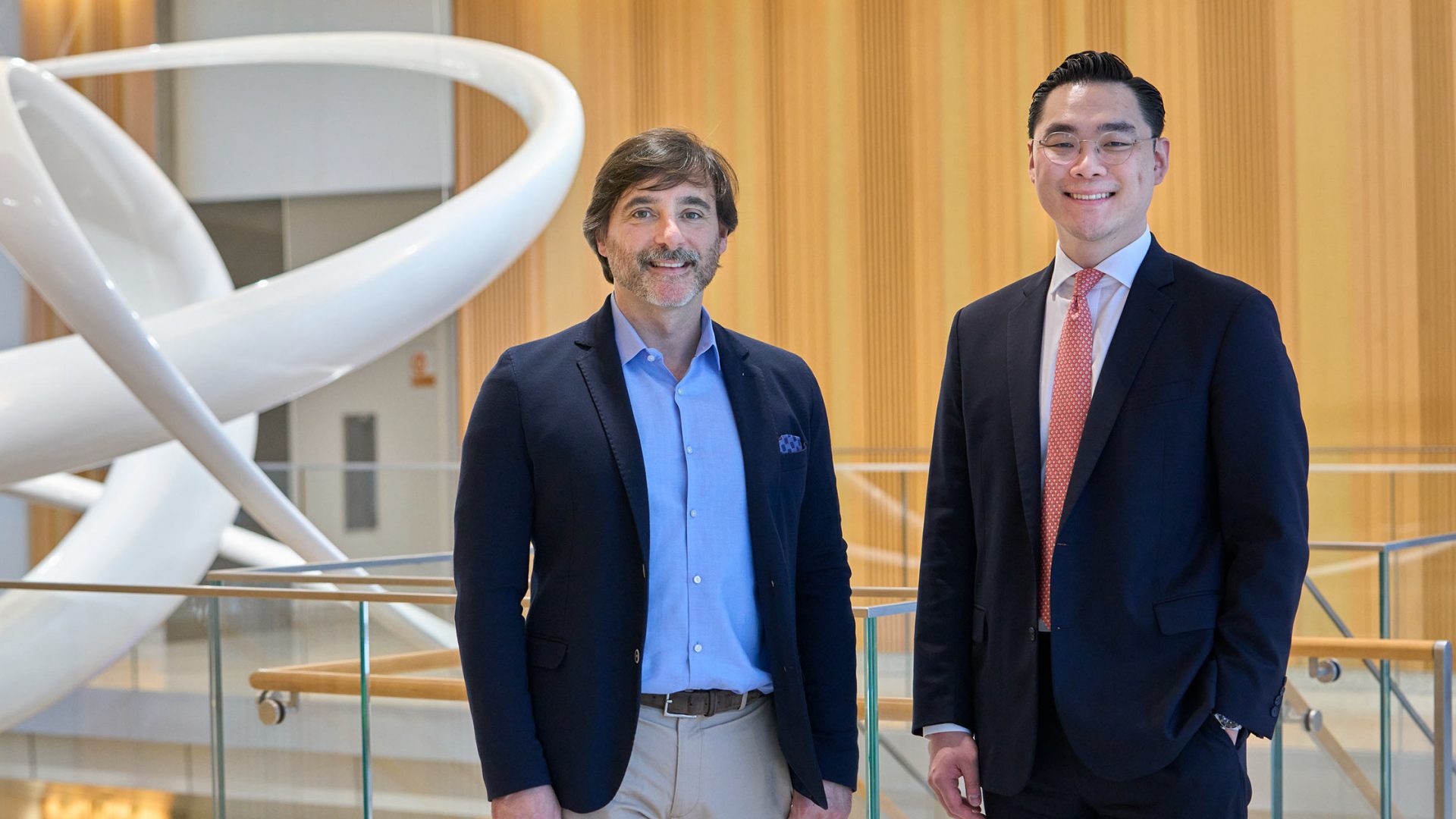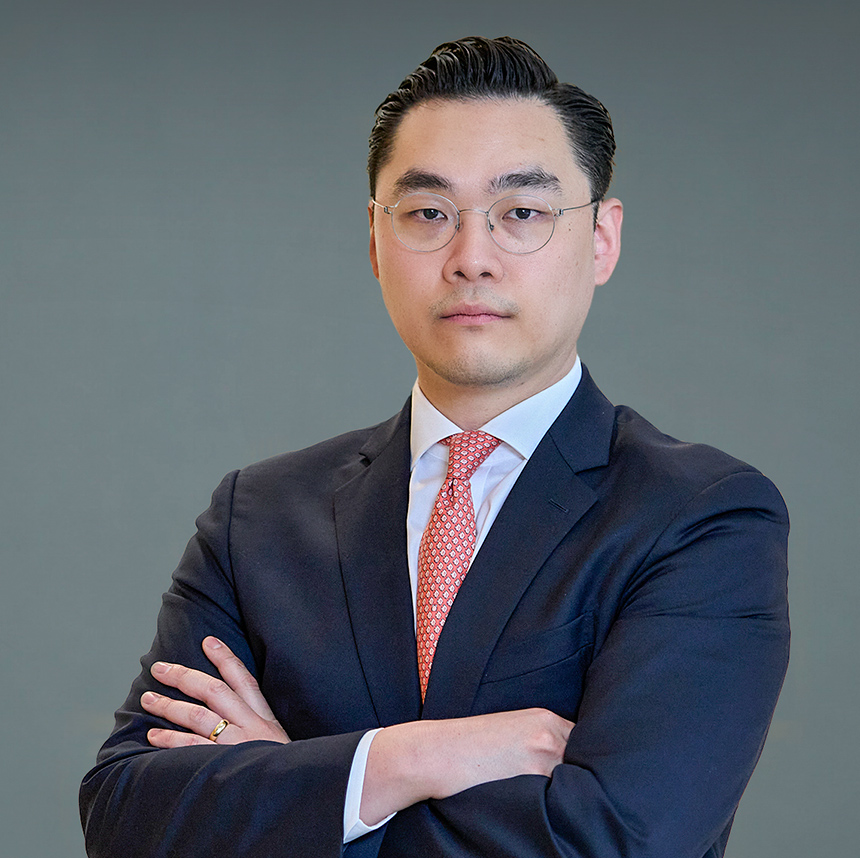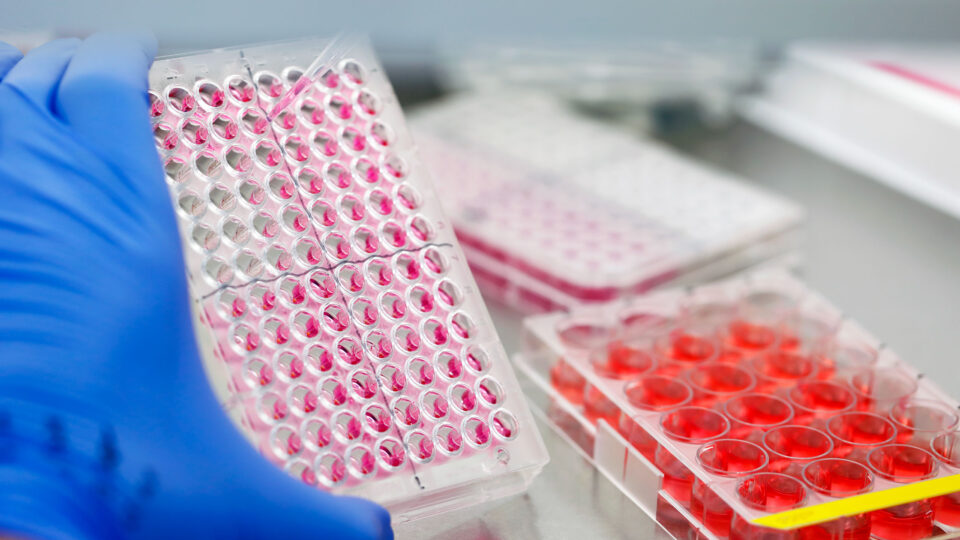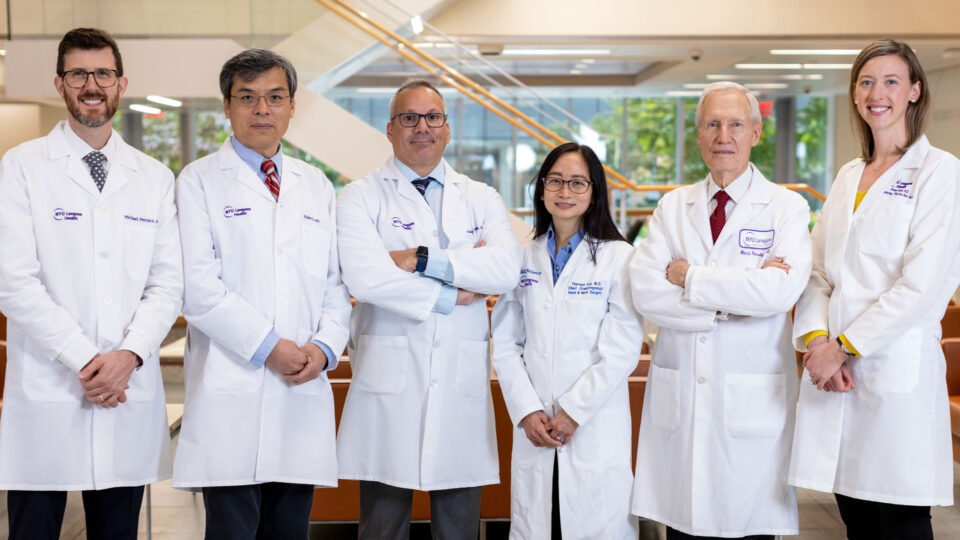NYU Langone Health is launching a new research program in advanced imaging and precision radiotherapy, with a unique vision to foster collaborative models that will co-localize clinicians and researchers with expertise in radiology, radiation oncology, medical physics, and cancer biology. Working together, this new team will develop novel precision radiation therapy platforms to more precisely target and treat cancer.
The program is led by David J. Byun, MD, a radiation oncologist at Perlmutter Cancer Center, and Riccardo Lattanzi, PhD, an MRI scientist and a professor of radiology. Here, they discuss how their different footholds in clinical and translational science, as well as the ambitious multidisciplinary partnerships they are forging across NYU Langone, are poised to position the institution as a hub for innovation in cancer care.
Advancing Precision in Cancer Treatment
Physician Focus: As co-leaders of the new research program, could you elaborate on your roles and the program’s mission?
Dr. Lattanzi: The creation of this interdisciplinary research program is a collaborative effort between the Departments of Radiology and Radiation Oncology, as well as key partners from industry. I’m currently the director of the Center for Biomedical Imaging and training group chair for the Center for Advanced Imaging Innovation and Research at NYU Langone, and will be responsible for the imaging aspects of the new program.
We anticipate this new initiative will allow for greater synergy between imaging researchers and radiation oncologists at the institution. The partnerships we’ve developed with Philips and Elekta, two major companies in the field, will help us fund some of our projects and serve as a critical resource for the clinical translation of new techniques we plan to develop for precision radiotherapy.
“One of the most striking aspects of our collaboration is that we are, from inception, equal partners with a shared vision leading this research effort.”
David J. Byun, MD
Dr. Byun: As a radiation oncologist, I have a special clinical and research focus on advanced imaging–guided radiotherapy. At the core of our mission is for this partnership to foster a spirit of collaboration between our world-renowned departments. One of the most striking aspects of our collaboration is that we are, from inception, equal partners with a shared vision leading this research effort.
Benefits of the MR-Linac
Physician Focus: The cornerstone of the research program will be the MRI-Linear Accelerator (MR-Linac). Could you explain the significance of this technology?
Dr. Byun: The Unity MR-Linac machine combines high-resolution MRI and a photon linear accelerator to treat tumors more precisely than currently available radiograph-based techniques. The technology will help to overcome many of the issues we commonly encounter within the conventional radiation treatment paradigm. With this novel platform, we can now adapt and eventually react in real time to anatomic changes, personalizing our treatment plan rather than using a “one-size-fits-all” approach.
What we’re even more excited about is the potential for leveraging the unprecedented amount of longitudinal high-resolution MR images generated during radiation treatment to further our mission of image-informed, biologically driven radiation therapy.
Dr. Lattanzi: Adding to what Dr. Byun said, MR-Linac technology can potentially solve issues associated with inter-patient variation in radiation sensitivity, for example by allowing for treatment tailored to a patient’s unique tumor biology. Importantly, by combining morphologic information with quantitative biomarkers extracted from MRI, we’ll be able to monitor treatment response for each patient and make adjustments if needed to the radiation treatment plan.
Adapting to Variability
Physician Focus: What current issues in radiation oncology research will the new program focus on addressing?
Dr. Lattanzi: We plan to develop novel quantitative MRI methods to monitor tumor and normal tissue response to radiation at the biophysical level and adapt the dose during treatment on a patient-specific basis. The Center for Biomedical Imaging is one of the world’s leading research centers in the field of MRI, and we have many researchers eager to translate their advanced imaging techniques for the MR-Linac.
“The Center for Biomedical Imaging is one of the world’s leading research centers in the field of MRI, and we have many researchers eager to translate their advanced imaging techniques for the MR-Linac.”
Riccardo Lattanzi, PhD
Dr. Byun: One of the most active areas of cancer biology and radiation oncology research is furthering our understanding of underlying tumor heterogeneity and normal tissue toxicity. While we currently accept that treatment response and side effects may vary from patient to patient with the same diagnosis and treatment, we have yet to fully elucidate the underlying mechanisms of such observed variability.
With this partnership, we have a unique opportunity to answer many of these pressing questions by bringing together the best clinical trialists, cancer biologists, and quantitative imaging scientists. Our effort will lead to the development and clinical validation of novel genomic and imaging-based biomarkers that will translate to the bedside.
A Focus on Application
Physician Focus: Looking ahead, what are your plans for the next three to five years?
Dr. Byun: We plan to leverage our research program as a vehicle to increase the translation of new discoveries from bench to bedside. In achieving this goal, our plan over the next few years will be to further federal-level grant support, strengthen the relationship with our industry partners, and establish collaborations with experts beyond our two departments.
Thus, it will also be imperative that we actively disseminate the knowledge gathered by our program’s efforts to the greater medical community. As we continue to integrate our understanding of basic science and clinical medicine, we will be able to accelerate the transfer of these discoveries to the practice of radiation oncology for the benefit of our patients.







